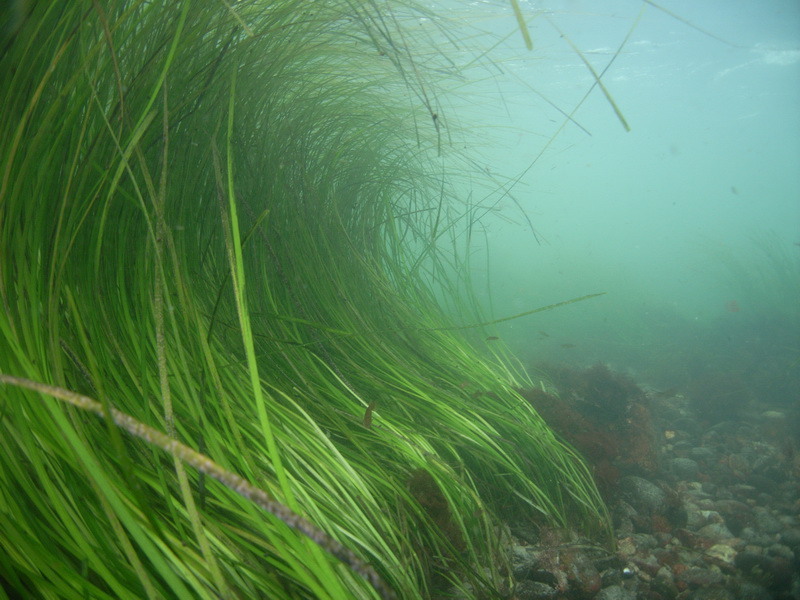Marine Habitat Protection

Description
Natural habitats that provide a variety of important functions and values to the local coastal environment may be located near the marina. During new and significantly expanded marina siting and design, negative impacts on existing habitat should be minimized.
BMPs for Marine Habitat
- Select Degraded Habitats for Marina Development: Redevelop sites degraded by development in the past, such as in old urban areas, industrial brownfields, declining fishing ports, or surplus naval base waterfronts, rather than developing in undisturbed areas. "Brownfields" are abandoned lots of land that were once developed by heavy industry.
- Inventory Existing Habitats: Conduct an inventory of existing marine habitats near the proposed work. Habitats may include salt marsh, eelgrass, rocky intertidal habitat, mudflats, clam beds, and oyster beds. Some of this information can be collected through a visual analysis. Information on local shellfish populations may also be available from the local shellfish warden or by calling the Massachusetts Division of Marine Fisheries at (617) 626-1520. The inventory will be useful for developing an environmentally-protective marina design. For permitting purposes, a more detailed inventory may be required.
- Enhance Surrounding Natural Habitats: Establish new habitat or expand existing habitat where feasible, such as using dredged bottom soils for beach nourishment or to expand adjacent marshes. This work will require a permit and should be included in your permit applications.
- Proper Boat Storage: Use dry stack storage to decrease pressure for in-water docking for small boats. Any time components of the marina can be moved away from the water, potential impacts on nearby marine habitats can be de- creased. Some marinas store boats off-site at a location away from the water. Such land is usually cheaper than waterfront land, making this option more cost-effective to the marina.
- Structures Above Habitat: All marina structures, such as piers and docks, should be constructed away from marine habitats. Where elevated walkways must be constructed over habitats such as salt marsh and eelgrass, design consider- ations should maximize the amount of sunlight that reaches the plants. This can be achieved by minimizing the breadth of the walkway and the shadow it creates, or by providing slots in the walkway.
References
CZM. 2001. Massachusetts Clean Marina Guide. Prepared by Epsilon Associates, Inc. for the Massachusetts Department of Coastal Zone Management,
http://www.state.ma.us/czm/marinas/guide/macleanmarinaguide.htm
USEPA. Coastal Nonpoint Pollution Control Program: Program Development and Approval Guidance. EPA 841-B-01-005. United States Environmental Protection Agency,
http://www.epa.gov/owow/nps/